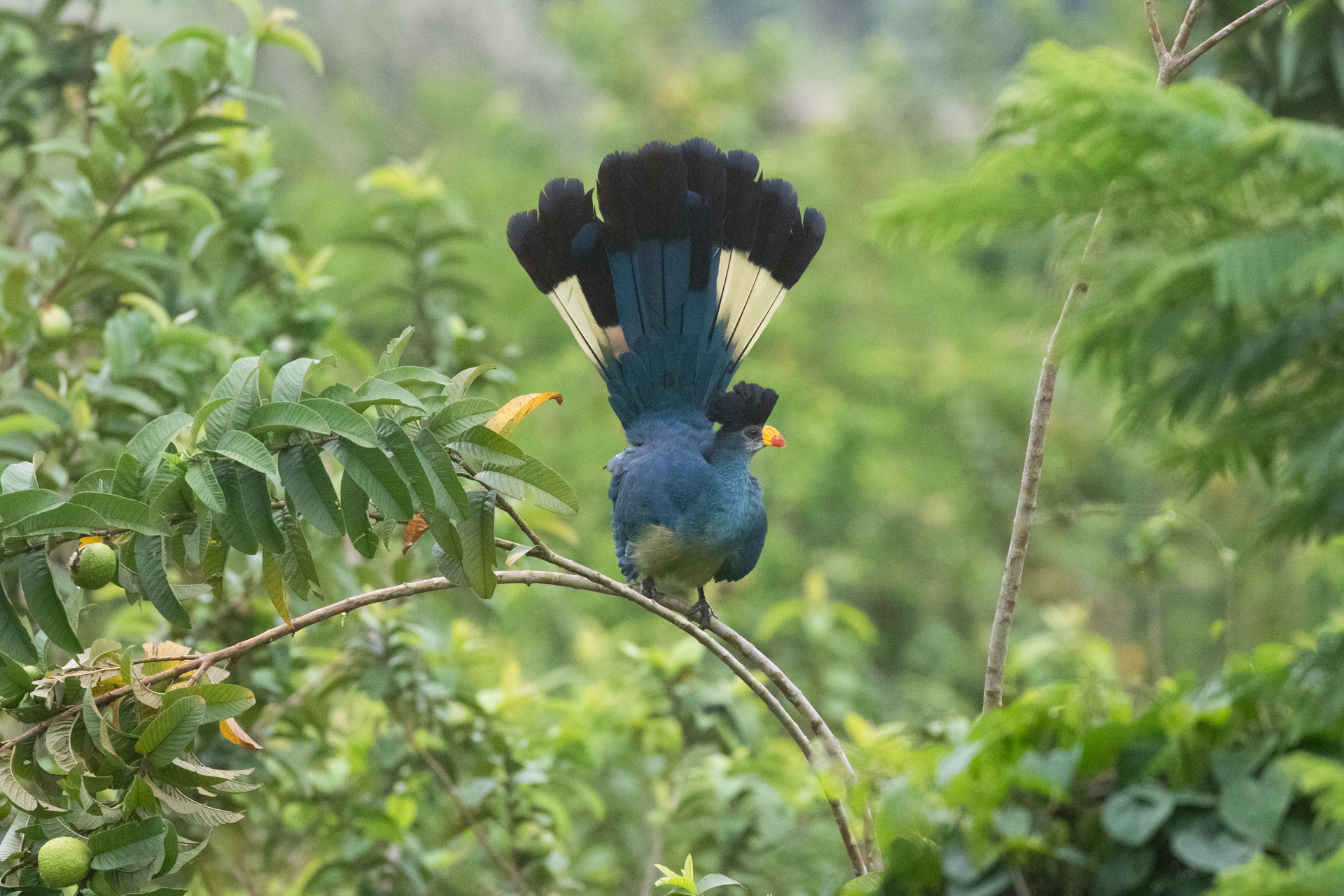Exploring the Albertine Rift Endemics

The Albertine Rift is a breathtaking mountain range that stretches from western Uganda into Rwanda and the Democratic Republic of Congo. Known for its dramatic landscapes, mist-covered forests, and sparkling high-altitude lakes, this region is not only visually stunning but also one of the richest areas in the world for endemic species—plants and animals found nowhere else on Earth. For passionate birders, it is nothing short of a dream destination.
Birding in the Albertine Rift is more than a hobby—it’s an experience of discovery, adventure, and connection with nature. From the canopy-dwelling turacos to secretive swamp warblers, every trail offers something extraordinary. Whether you’re a seasoned birder or a curious nature lover, the Albertine Rift promises memories that will last a lifetime.
Here, the air is fresh and cool, the trails wind through lush forests, and every step brings the possibility of spotting a rare or unusual bird. From misty mountain slopes to hidden swamps and sparkling streams, the Albertine Rift is alive with life. Birding here is an experience that combines adventure, beauty, and the chance to witness nature’s hidden gems up close.
Key Albertine Rift Bird Species
The Albertine Rift is home to over 24 bird species that are endemic to the region in Uganda alone. These birds are special because you won’t find them anywhere else in the world. Some of the most sought-after species include:
-
Rwenzori Turaco – Famous for its stunning green and red feathers, this bird is often seen in the canopy of misty forests.
-
African Green Broadbill – A small, jewel-like bird with striking green plumage and a shy, secretive nature.
-
Red-faced Woodland Warbler – Tiny and fast, these warblers are a treat to see if you are patient and quiet.
-
Shelley’s Crimsonwing – A rare and colorful finch, often found hopping through dense undergrowth.
-
Neumann’s Warbler – Prefers thick forests and bamboo zones; known for its sweet, delicate song.
-
Grauer’s Swamp Warbler – A shy, swamp-dwelling bird that is usually spotted near streams and wetlands.
Each species is unique, and spotting even one of them can make your trip unforgettable.
Best Places to See Albertine Rift Endemics
To fully experience the Albertine Rift’s incredible birdlife, certain key locations stand out:
Bwindi Impenetrable Forest
Bwindi is a world-famous forest that shelters not only gorillas but also most of Uganda’s Albertine Rift endemic birds. Its dense vegetation and misty trails make it ideal for birdwatching. A single visit here could reveal over 20 endemic species. The forest is best explored early in the morning when birds are most active.
Mgahinga Gorilla National Park
Nestled near the borders of Uganda, Rwanda, and DR Congo, Mgahinga is a smaller but equally beautiful park. It’s excellent for spotting Rwenzori Turacos, Shelley’s Crimsonwings, and other mountain species. The park’s trails climb gently over volcanic slopes, offering both scenic views and prime birding spots.
Echuya Forest Reserve
This hidden gem is less visited but incredibly rewarding for serious birders. Known for its woodland warblers and shy undergrowth birds, Echuya provides a quieter, more intimate birdwatching experience.
Why Birders Love the Albertine Rift
Birders are drawn to the Albertine Rift not just for the rare birds, but also for the unique combination of landscapes and wildlife:
-
Breathtaking Mountain Views – Trails wind through high-altitude slopes with panoramic vistas that are stunning any time of day.
-
Primate Encounters – Gorillas, chimpanzees, and colobus monkeys often appear along birding trails, making every walk an adventure.
-
Constant Surprises – Every forest clearing, swamp, or bamboo thicket has the potential to reveal a new bird.
Bwindi Impenetrable National Park alone can produce sightings of over 23 Albertine Rift endemics in a single trip! The experience is both thrilling and humbling, reminding visitors of the delicate beauty of these ecosystems.
Tips for Birdwatching:
-
Move quietly and avoid loud noises, especially near sensitive species like the Shoebill, which are easily disturbed.
-
Hire local guides. Their knowledge of hidden trails, swamp routes, and seasonal bird movements greatly increases your chances of sightings.
-
Carry binoculars, a field guide, and a camera, but remember to respect nature and avoid disturbing the wildlife.
Conservation Importance
The Albertine Rift is not just a birdwatcher’s paradise—it is also a critical conservation area. Many of its species are vulnerable or endangered, such as the iconic Shoebill, which faces threats from habitat loss and wetland drainage.
By visiting responsibly, travellers support local communities and conservation initiatives. Entrance fees and guided tours help protect forests, wetlands, and wildlife while providing sustainable income for nearby villages. Your visit contributes directly to the ongoing efforts to preserve these remarkable ecosystems for future generations.
